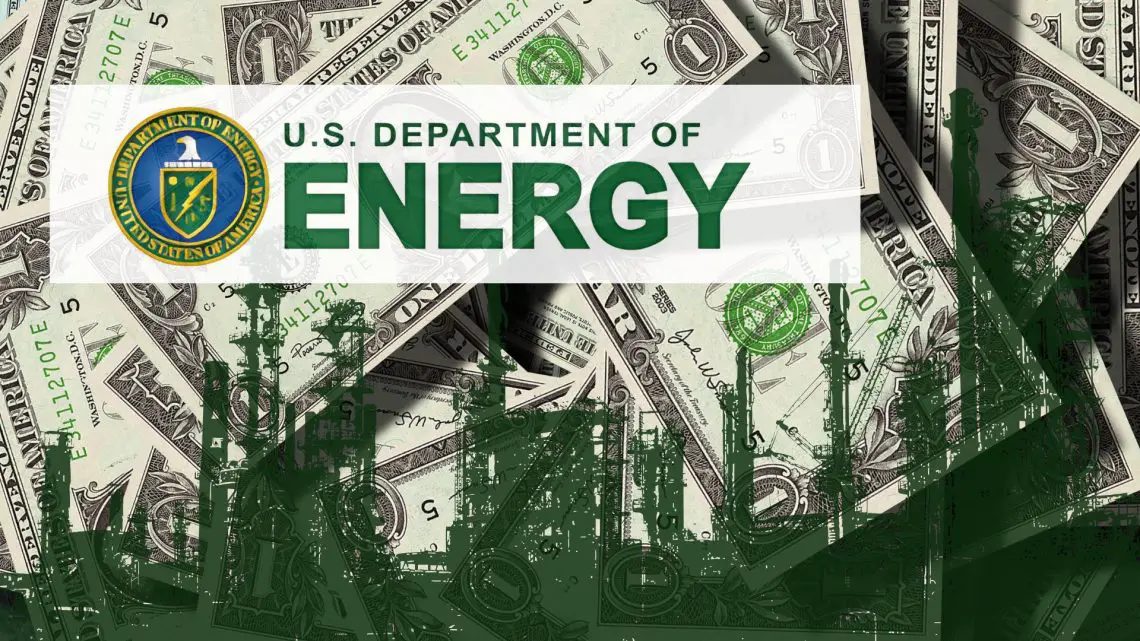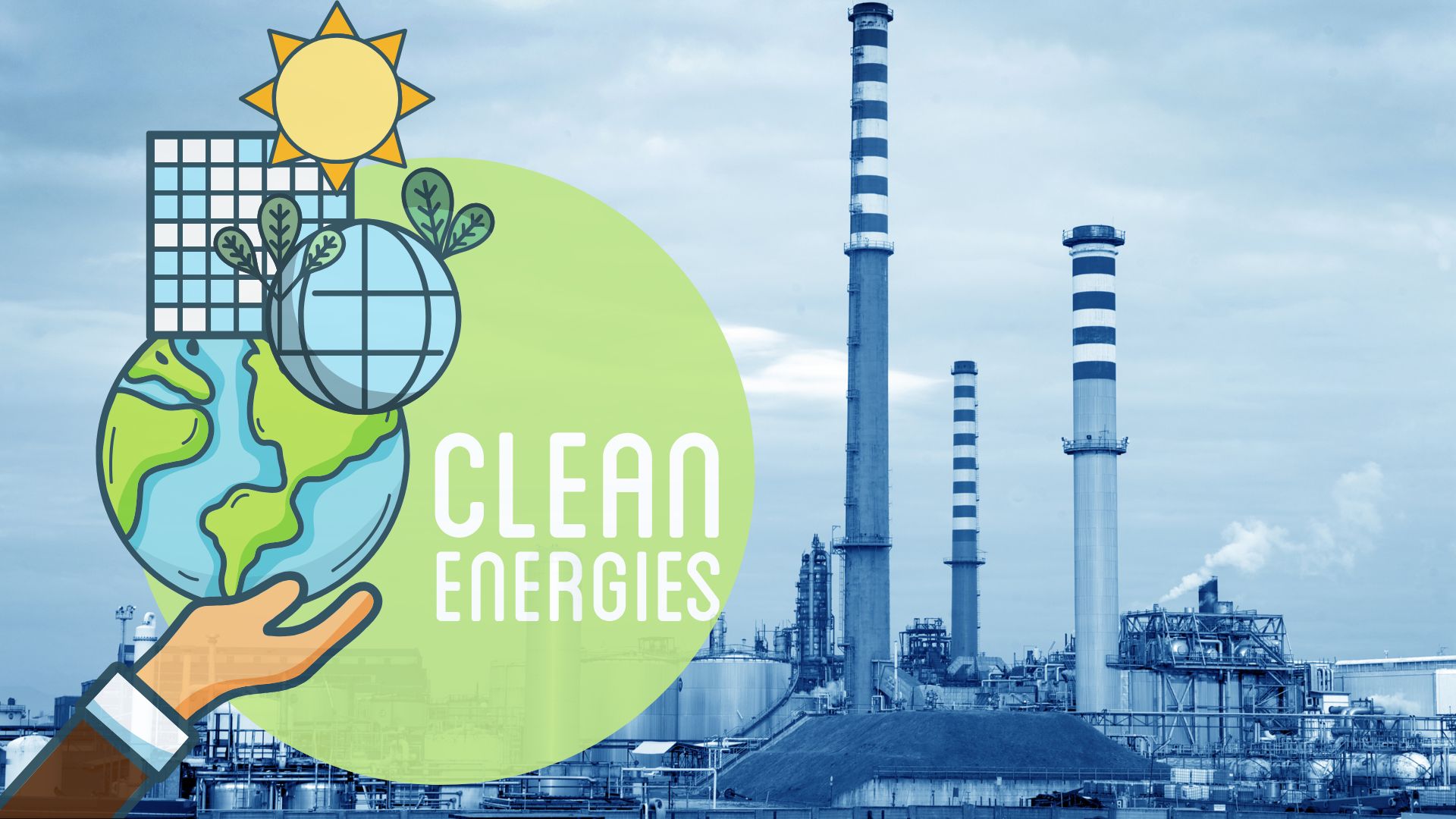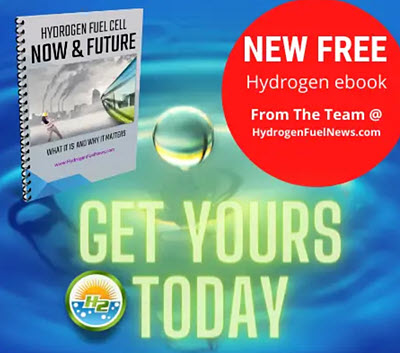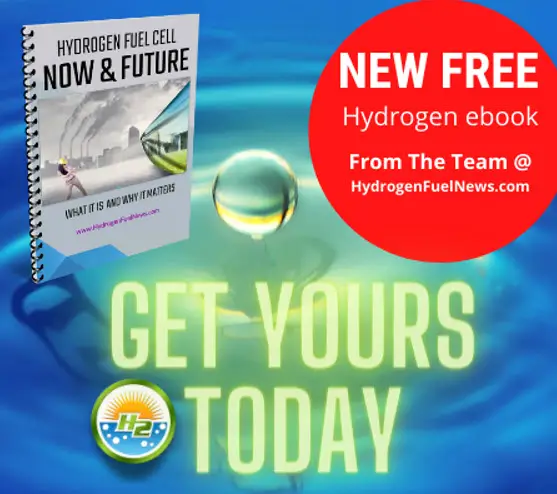
$136M Injection by DOE to Transform Heavy Industries with Clean Hydrogen
January 14, 2025Hydrogen News Highlights DOE Funding for Industrial Sectors with Clean Hydrogen
The U.S. Department of Energy (DOE) is significantly bolstering clean hydrogen advancements with a $136 million funding package targeting industrial energy projects. This initiative marks a critical step towards decarbonizing some of America’s most energy-intensive sectors and demonstrates the DOE’s commitment to advancing clean energy solutions. Distributed across three DOE offices, the funding aims to enhance technologies that directly address challenges within the hydrogen production lifecycle, infrastructure, and end-use integrations.
Supporting Industries Through Targeted Clean Energy Projects
The industrial sector, one of the hardest to decarbonize, stands at the forefront of clean hydrogen applications thanks to this funding boost. Key processes like hydrogen production through electrolysis and integration into industrial heat applications are prioritized. Projects in this initiative will specifically look at scaling hydrogen’s role in heavy industries such as steel manufacturing and chemical production, where traditional electrification methods often fall short.
The inclusion of hydrogen energy projects under this funding reflects the DOE’s long-term strategy as laid out in the U.S. National Clean Hydrogen Strategy and Roadmap. The roadmap identifies clean hydrogen as integral to achieving a carbon-free grid by 2035 and net-zero emissions by 2050. The $136 million funding supports this vision by focusing on innovation, cost reduction, and the development of secure, scalable hydrogen supply chains.
GUIDE-H2 Competition to Streamline Hydrogen Deployments
Complementing the funding announcement is the DOE’s latest effort to address deployment challenges in clean hydrogen projects—the Guiding Universal Indicators in Developing Ecosystems for Hydrogen (GUIDE-H2) competition. Designed to resolve planning inefficiencies and delays in commercial-scale hydrogen applications, GUIDE-H2 puts robust systems for evaluation and optimization at the heart of its mission.
Understanding the Competition Structure for GUIDE-H2
The initiative features two phases with a combined award total of $200,000.
- Phase I focuses on the creation of methodologies to assess hydrogen project impacts, offering up to six winners $10,000 each. Successful teams will build frameworks evaluating environmental, social, and economic factors, including water use, job creation, and full lifecycle impacts.
- Phase II invites Phase I winners to apply their methodologies in real-world settings, competing for larger awards of $20,000, $40,000, and $80,000. Outputs include education and training tools, as well as documentation of lessons learned to shape future hydrogen projects.
GUIDE-H2 is directly aligned with the goals of the U.S. National Clean Hydrogen Strategy and Roadmap, as well as international efforts under the H2 Twin Cities program. With a Phase I submission deadline of June 30, 2025, it offers a roadmap for addressing barriers to hydrogen deployment systematically.
The Broader Significance of DOE’s Initiatives
The advancements propelled by these initiatives are more than symbolic; they lay concrete foundations for overcoming the barriers to widespread hydrogen adoption. The $136 million funding facilitates immediate progress in developing cleaner technologies for vital industries, while GUIDE-H2 plays a vital role in refining the deployment process.
Together, these programs address critical facets of the hydrogen ecosystem—reducing costs, scaling innovation, and creating a skilled hydrogen workforce. With an emphasis on community engagement and equity, the DOE initiatives seek to streamline the integration of clean hydrogen into diverse applications while reinforcing trust among stakeholders.
Immediate Applications and Future Projections
Clean hydrogen’s versatility allows it to revolutionize industries today while also preparing for tomorrow’s challenges. Immediate applications include replacing diesel generators in backup power systems with hydrogen fuel cells, advancing industrial heat through hydrogen-natural gas blends, and leveraging hydrogen as a feedstock for low-carbon chemicals like ammonia and methanol.
Looking forward, longer-term projects aim to unlock hydrogen’s full potential, such as reducing emissions in steelmaking and enabling energy storage systems for grid reliability. The DOE’s vision—achieving 10 Mt of annual hydrogen production by 2030 and scaling up to 50 Mt by 2050—requires a multipronged approach, which initiatives like the $136 million funding and GUIDE-H2 competition are actively supporting.
Harnessing Clean Hydrogen Solutions Today
The DOE’s integrated approach showcases a clear roadmap for leveraging clean hydrogen now and in the future. By prioritizing funding for industrial solutions and optimizing deployment processes through GUIDE-H2, the agency ensures that clean hydrogen is not only developed but also implemented effectively and equitably.
Industries can begin adopting available hydrogen technologies today, such as utilizing fuel cell systems for critical operations or piloting hydrogen integration in industrial heat applications, to reduce emissions while ensuring operational resilience. With targeted support from the DOE, clean hydrogen stands as a pivotal tool in shaping a sustainable, carbon-neutral energy future.
Timelines and Broader Impacts
With a Phase I submission deadline of June 30, 2025, interested teams have ample time to prepare robust methodologies. The final outcomes of the competition will contribute to deliverables under the Hydrogen Interagency Task Force and support international initiatives like the H2 Twin Cities program. By establishing practical tools and sharing results globally, GUIDE-H2 aims to create a blueprint for hydrogen deployment that can be adopted worldwide.
Looking ahead, the DOE’s hydrogen roadmap showcases a vision of hydrogen as a vital tool for achieving a carbon-free grid by 2035 and net-zero emissions by 2050. Efforts like GUIDE-H2 are foundational in making this vision a reality by ensuring every project contributes to the broader goals of sustainability, affordability, and efficiency.
UPDATED



 With over 15 years of reporting hydrogen news, we are your premier source for the latest updates and insights in hydrogen and renewable energy.
With over 15 years of reporting hydrogen news, we are your premier source for the latest updates and insights in hydrogen and renewable energy.